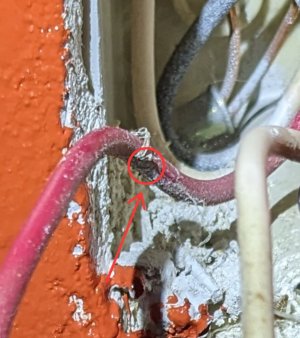First time caller, long time listener and love the show...
I gotta question Y'all might be able to help me with.
About once per week my lights flip the breaker and I have to reset it.
The circuit goes like this....20amp GFCI breaker at the back of the house. Electric runs to the grow room and into an outdoor grade GFCI outlet box.
A Titan HID light controller plugs into the box.
The Titan was originally for HID lighting but now with LED it's timer is disabled so it's pretty much a very heavy duty power strip.
When it was HID, this issue was never a thing.
Lights only pull around 12 amps so it's not like the circuit is overloaded.
The LED have a sunrise and sunset feature that brings up intensity from zero to 100% in the span of 15 minutes and does the same when it turns off.
The breaker is tripping during the Sunset. As it dials down to the last setting before going dark, that's when the breaker trips. Sometimes it will happen at start up but mostly as lights go out.
I'm considering turning off the sunrise/sunset and see if it still trips but would like to know why that feature would trip a breaker?
The GFCI outlet doesn't trip, only the breaker at the back of the house.
I just don't know if maybe the breaker is faulty or maybe the Titan has issue with the power down and I should replace it with a more traditional heavy duty power strip. In the world of sparky maybe the GFCI is seeing the sunset as a power surge or something. I'm confused.
I'll hang up and listen



